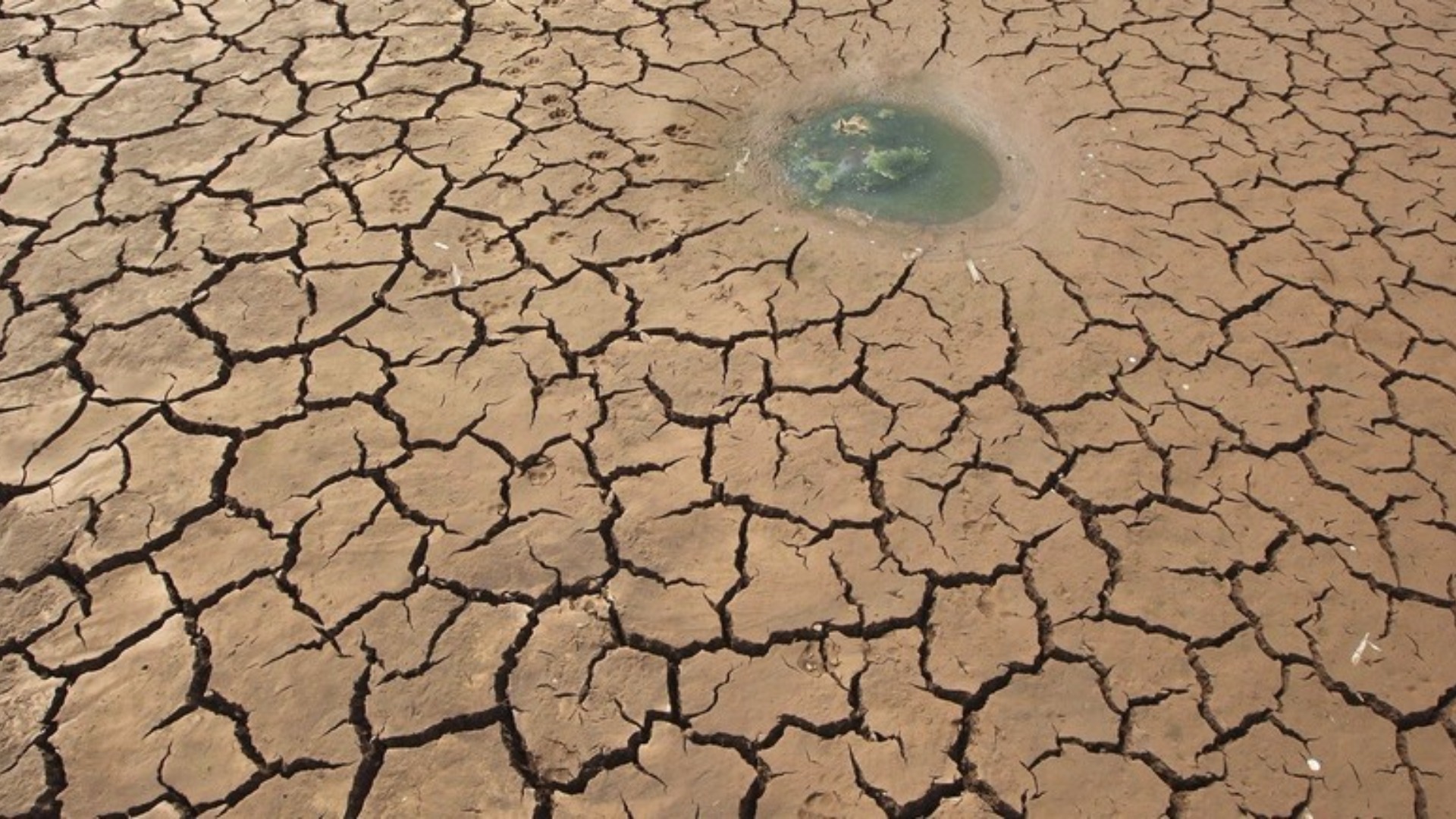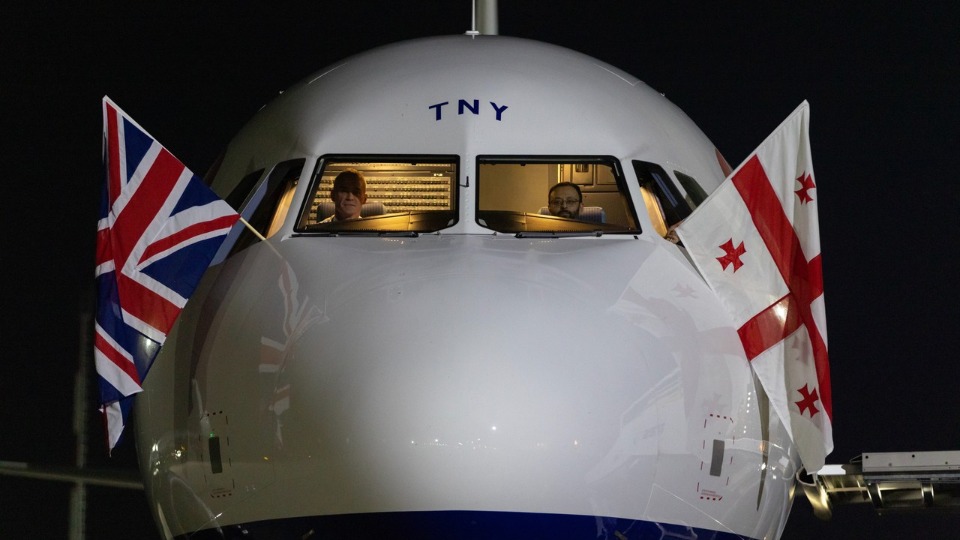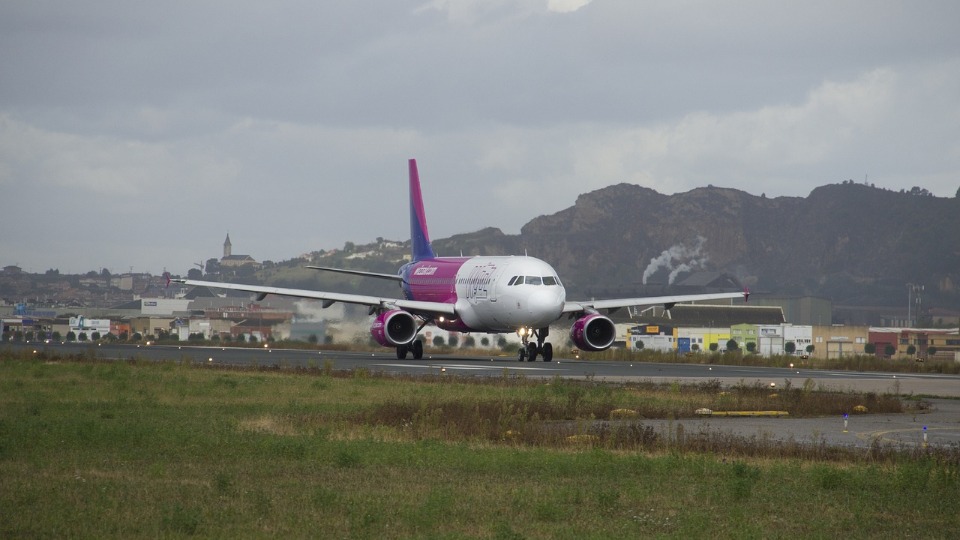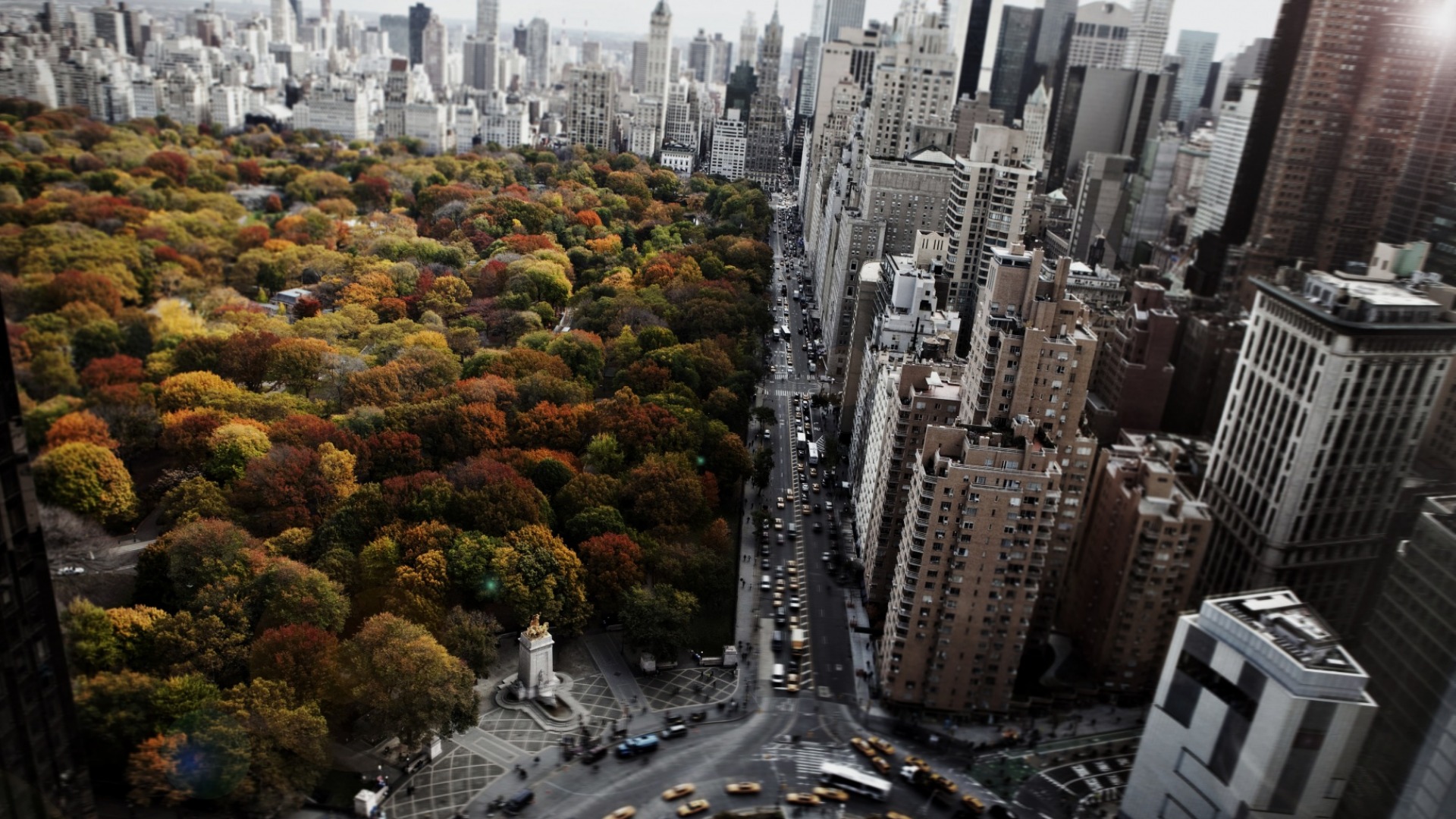
Wildlife in Kenya affected by drought

Wildlife Tourism is severely hurt by drought in eastern Africa's natural reservations, as already dozens of animals have perished to thirst.
According to the Kenyan Wildlife Service and the country’s government, the significant lack of water has turned into a national disaster, as the animals are relocating in the vicinity of human communities, this way increasing the human-wildlife conflict.
"We've had impacts on wildlife, particularly outside not in the protected areas — Ijara was the first area we noticed. Next to Boni forest, there were some dams which dried up and forced a number of animals to go seeking water and struggling to access water. We've lost five buffaloes who were stuck in the mud in that place," Paul Gathitu from KWS declared.
The situation caught authorities off-guard, as Kahindi Lekalhaile of the Africa Network for Animal Welfare explains: "What we are seeing, the effects of drought are being made worse by ignorance, poverty and desperation by ignorant people who actually would have supported the wildlife as the wildlife moves out to look for pastures and water. So the drought will always be with us. It's how we manage drought. Wildlife is suffering as a result of us not preparing for drought and us not managing our resources properly."
Currently, the Kenya Wildlife Service and Big Life organizations are looking for solutions to supply animals and local human settlements with water, in order to minimize human-wildlife interactions.
With constant threats from poachers and weather conditions, Kenya’s wildlife has dropped by 68 per cent in the last forty years. Kenya resides on wildlife tourism as the second main revenue source, after agriculture. The country's tourism industry accounts for 200.000 jobs and millions of dollars in profit.








